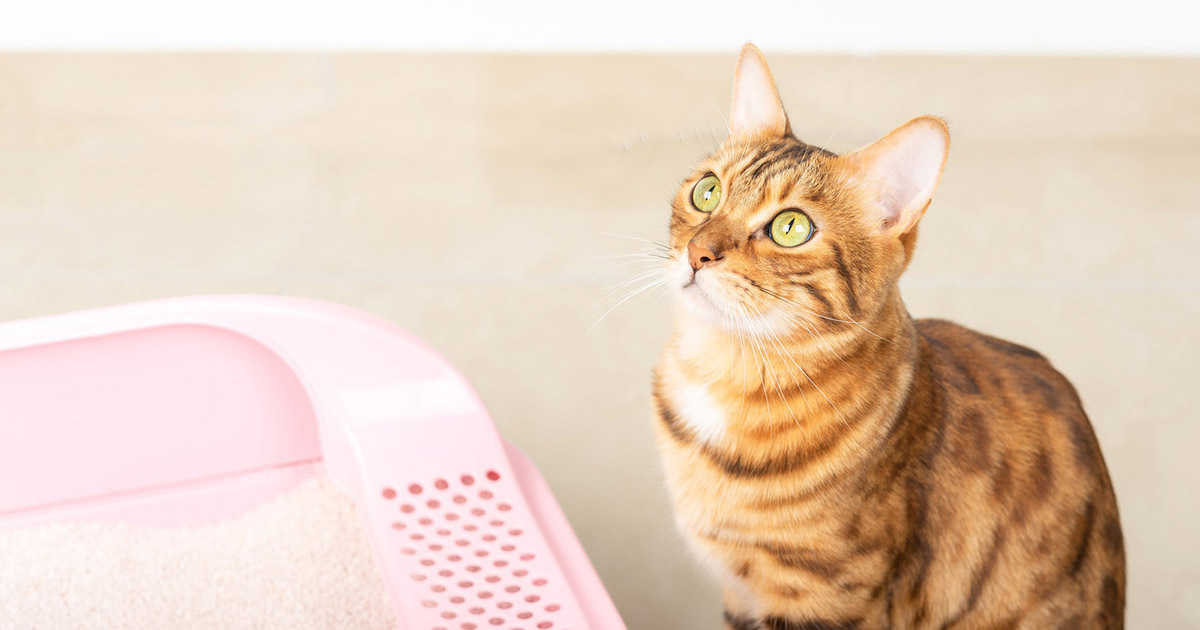Why You Should Avoid Flush Cat Poop Down Your Toilet - Important Facts
Why You Should Avoid Flush Cat Poop Down Your Toilet - Important Facts
Blog Article
Have you been interested in guidance concerning How to Dispose of Cat Poop and Litter Without Plastic Bags?

Intro
As pet cat proprietors, it's essential to be mindful of exactly how we take care of our feline friends' waste. While it may appear hassle-free to purge pet cat poop down the commode, this technique can have detrimental consequences for both the environment and human health.
Environmental Impact
Flushing cat poop introduces hazardous pathogens and parasites right into the water, presenting a considerable threat to water environments. These impurities can adversely affect marine life and concession water quality.
Health Risks
In addition to environmental concerns, flushing pet cat waste can additionally posture health and wellness dangers to people. Feline feces may contain Toxoplasma gondii, a parasite that can trigger toxoplasmosis-- a potentially extreme ailment, specifically for expectant females and people with weakened immune systems.
Alternatives to Flushing
Thankfully, there are safer and more liable means to throw away feline poop. Consider the following choices:
1. Scoop and Dispose in Trash
One of the most typical method of dealing with pet cat poop is to scoop it right into a naturally degradable bag and throw it in the garbage. Make sure to utilize a dedicated clutter inside story and deal with the waste promptly.
2. Usage Biodegradable Litter
Select naturally degradable pet cat litter made from materials such as corn or wheat. These trashes are environmentally friendly and can be safely disposed of in the trash.
3. Hide in the Yard
If you have a backyard, consider burying cat waste in a marked area away from veggie gardens and water sources. Make sure to dig deep enough to prevent contamination of groundwater.
4. Set Up a Pet Waste Disposal System
Purchase a family pet waste disposal system particularly created for feline waste. These systems use enzymes to break down the waste, lowering odor and environmental impact.
Final thought
Responsible animal possession prolongs beyond providing food and shelter-- it likewise entails appropriate waste monitoring. By avoiding flushing cat poop down the toilet and going with alternate disposal methods, we can decrease our ecological impact and secure human health and wellness.
Why Can’t I Flush Cat Poop?
It Spreads a Parasite
Cats are frequently infected with a parasite called toxoplasma gondii. The parasite causes an infection called toxoplasmosis. It is usually harmless to cats. The parasite only uses cat poop as a host for its eggs. Otherwise, the cat’s immune system usually keeps the infection at low enough levels to maintain its own health. But it does not stop the develop of eggs. These eggs are tiny and surprisingly tough. They may survive for a year before they begin to grow. But that’s the problem.
Our wastewater system is not designed to deal with toxoplasmosis eggs. Instead, most eggs will flush from your toilet into sewers and wastewater management plants. After the sewage is treated for many other harmful things in it, it is typically released into local rivers, lakes, or oceans. Here, the toxoplasmosis eggs can find new hosts, including starfish, crabs, otters, and many other wildlife. For many, this is a significant risk to their health. Toxoplasmosis can also end up infecting water sources that are important for agriculture, which means our deer, pigs, and sheep can get infected too.
Is There Risk to Humans?
There can be a risk to human life from flushing cat poop down the toilet. If you do so, the parasites from your cat’s poop can end up in shellfish, game animals, or livestock. If this meat is then served raw or undercooked, the people who eat it can get sick.
In fact, according to the CDC, 40 million people in the United States are infected with toxoplasma gondii. They get it from exposure to infected seafood, or from some kind of cat poop contamination, like drinking from a stream that is contaminated or touching anything that has come into contact with cat poop. That includes just cleaning a cat litter box.
Most people who get infected with these parasites will not develop any symptoms. However, for pregnant women or for those with compromised immune systems, the parasite can cause severe health problems.
How to Handle Cat Poop
The best way to handle cat poop is actually to clean the box more often. The eggs that the parasite sheds will not become active until one to five days after the cat poops. That means that if you clean daily, you’re much less likely to come into direct contact with infectious eggs.
That said, always dispose of cat poop in the garbage and not down the toilet. Wash your hands before and after you clean the litter box, and bring the bag of poop right outside to your garbage bins.
https://trenchlesssolutionsusa.com/why-cant-i-flush-cat-poop/

As a keen person who reads on How to Dispose of Cat Poop and Litter Without Plastic Bags, I imagined sharing that piece of content was sensible. Appreciated our blog entry? Please share it. Let another person check it out. Thanks a lot for your time. Don't forget to visit our website back soon.
Click Here Report this page